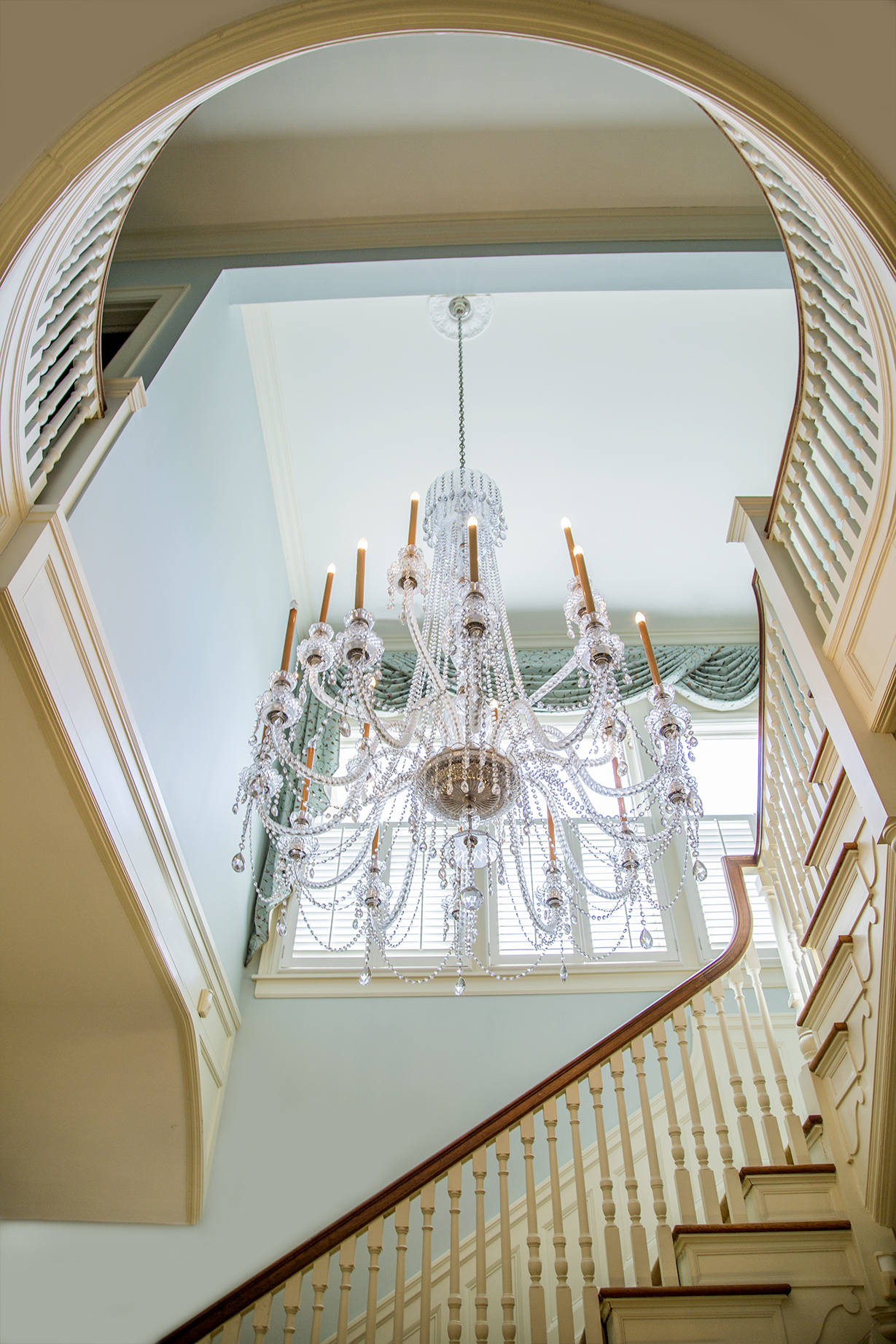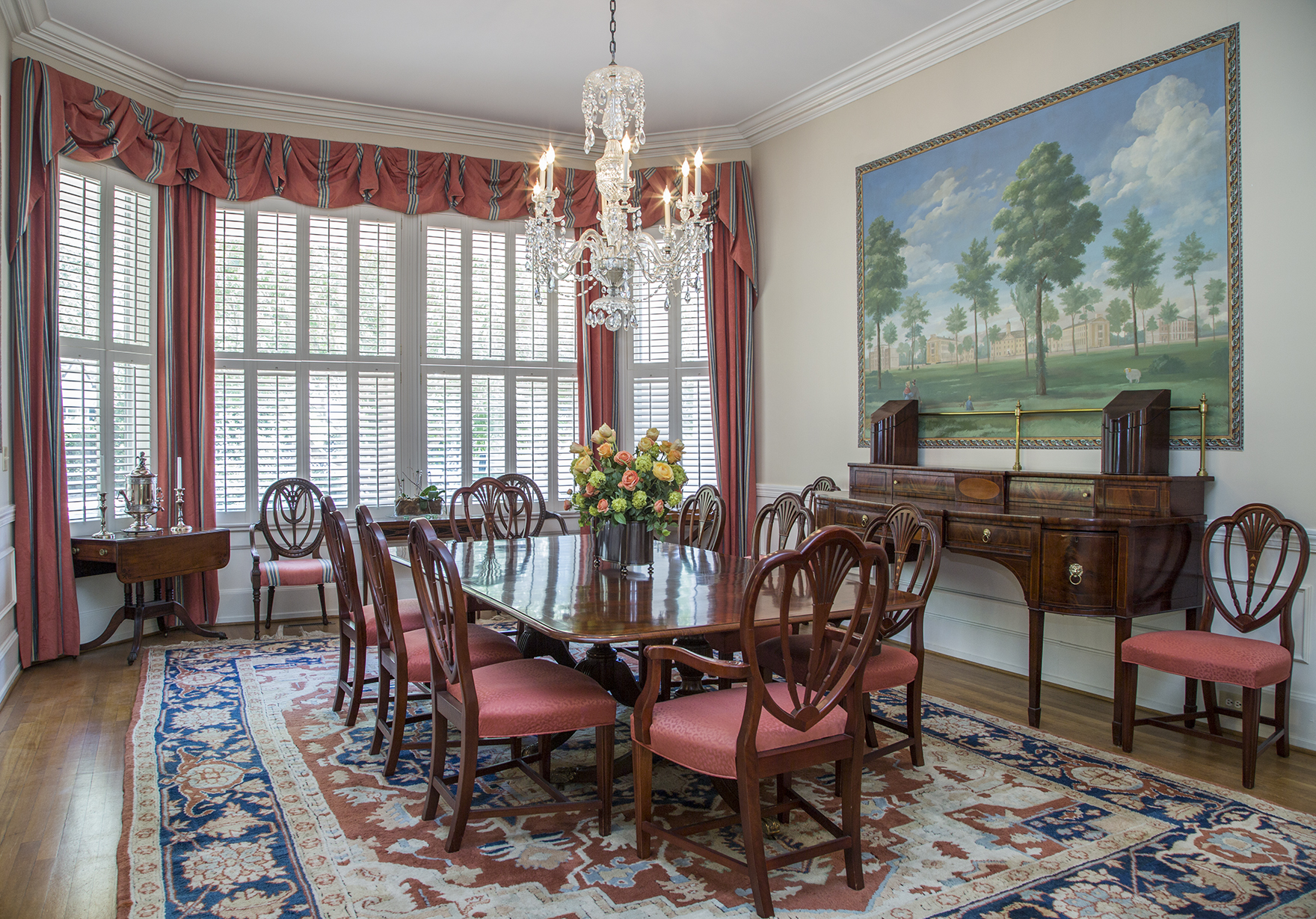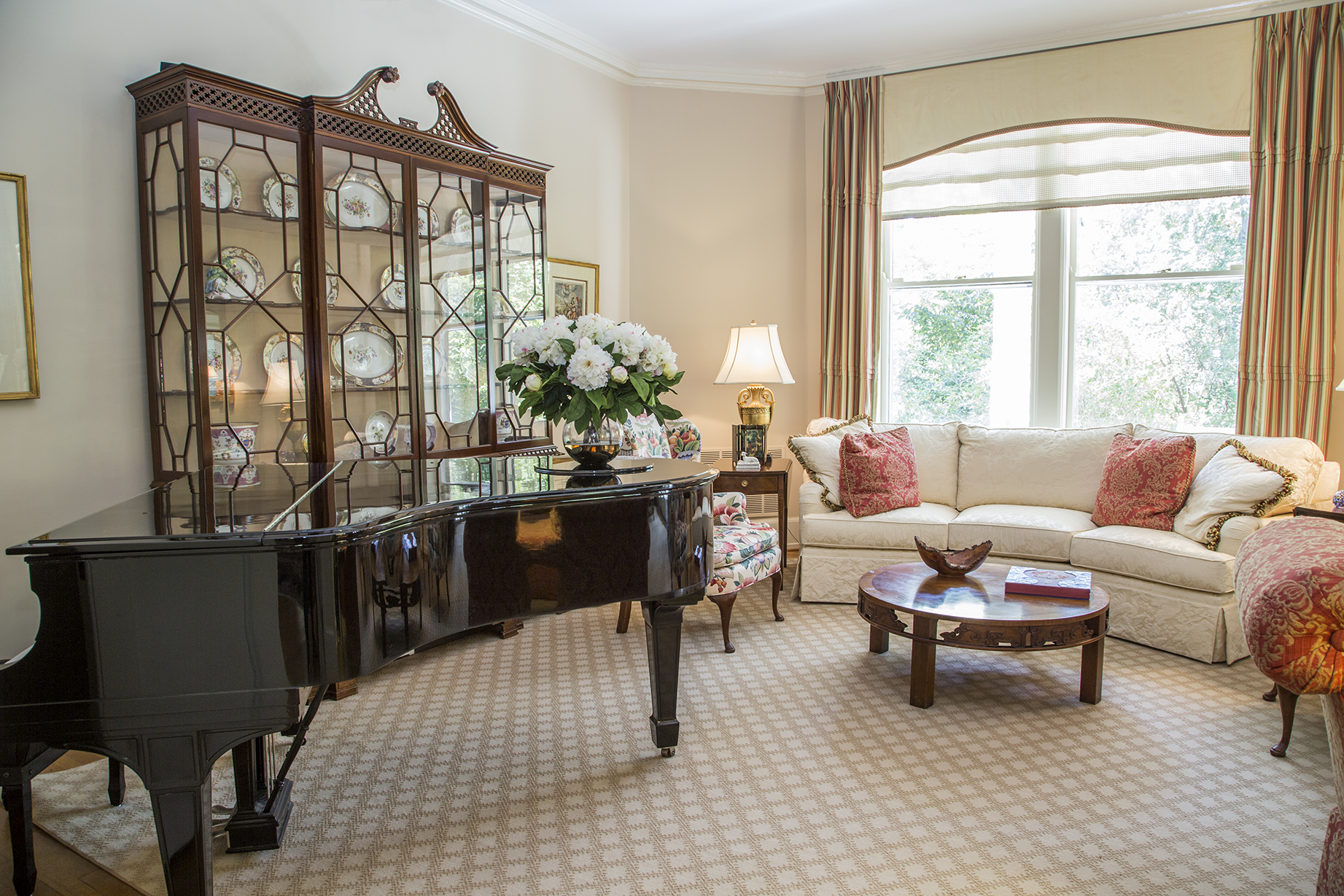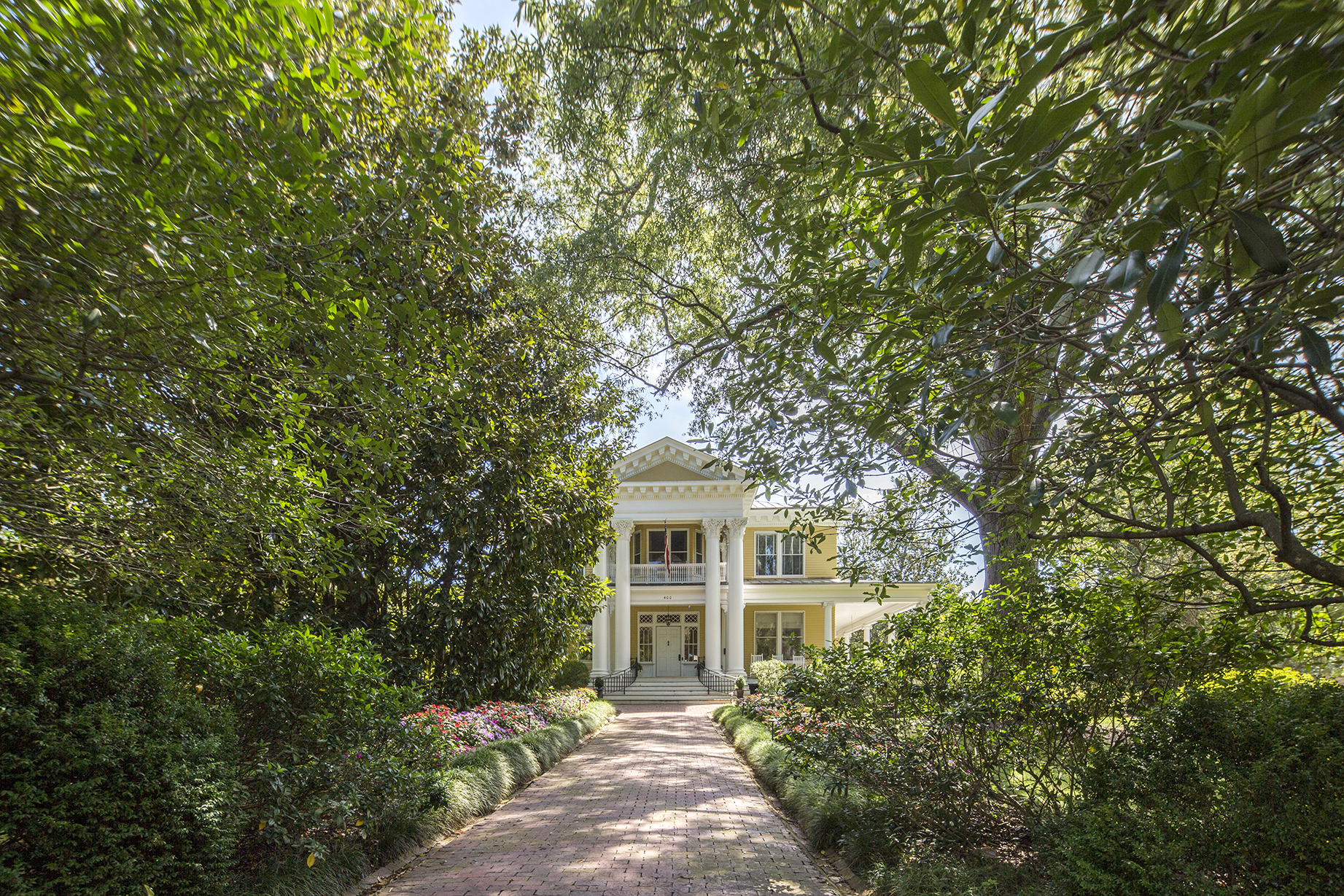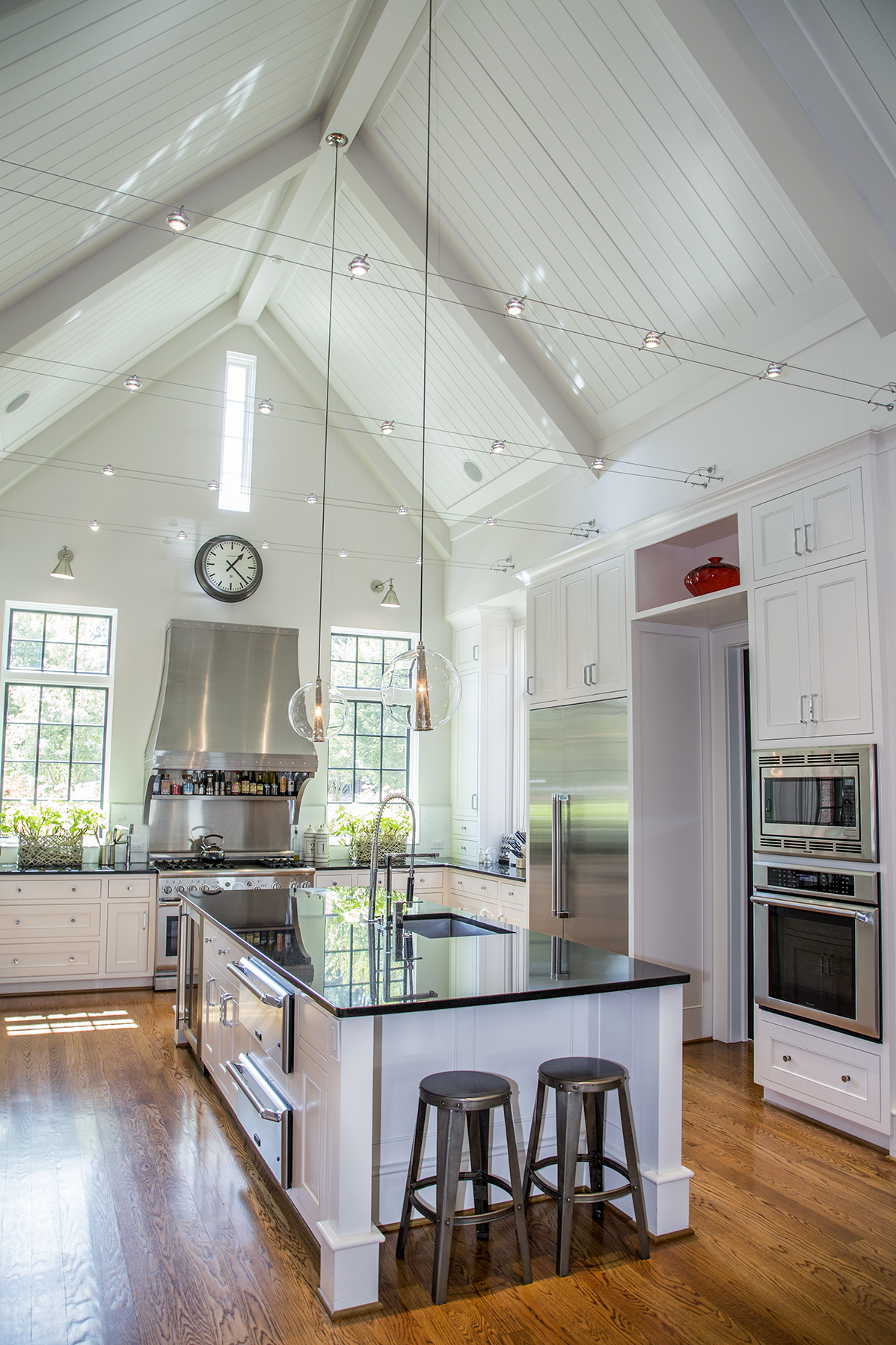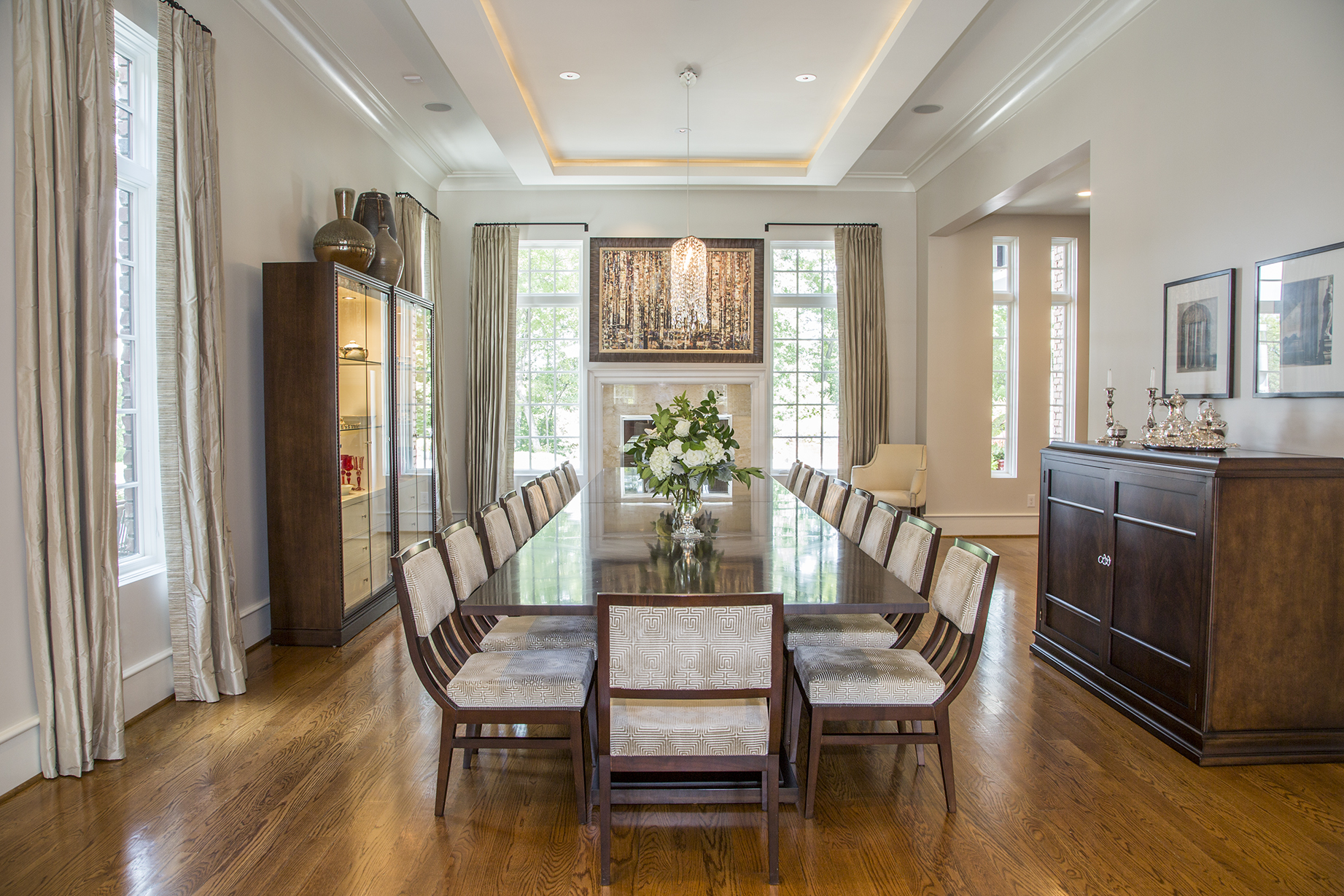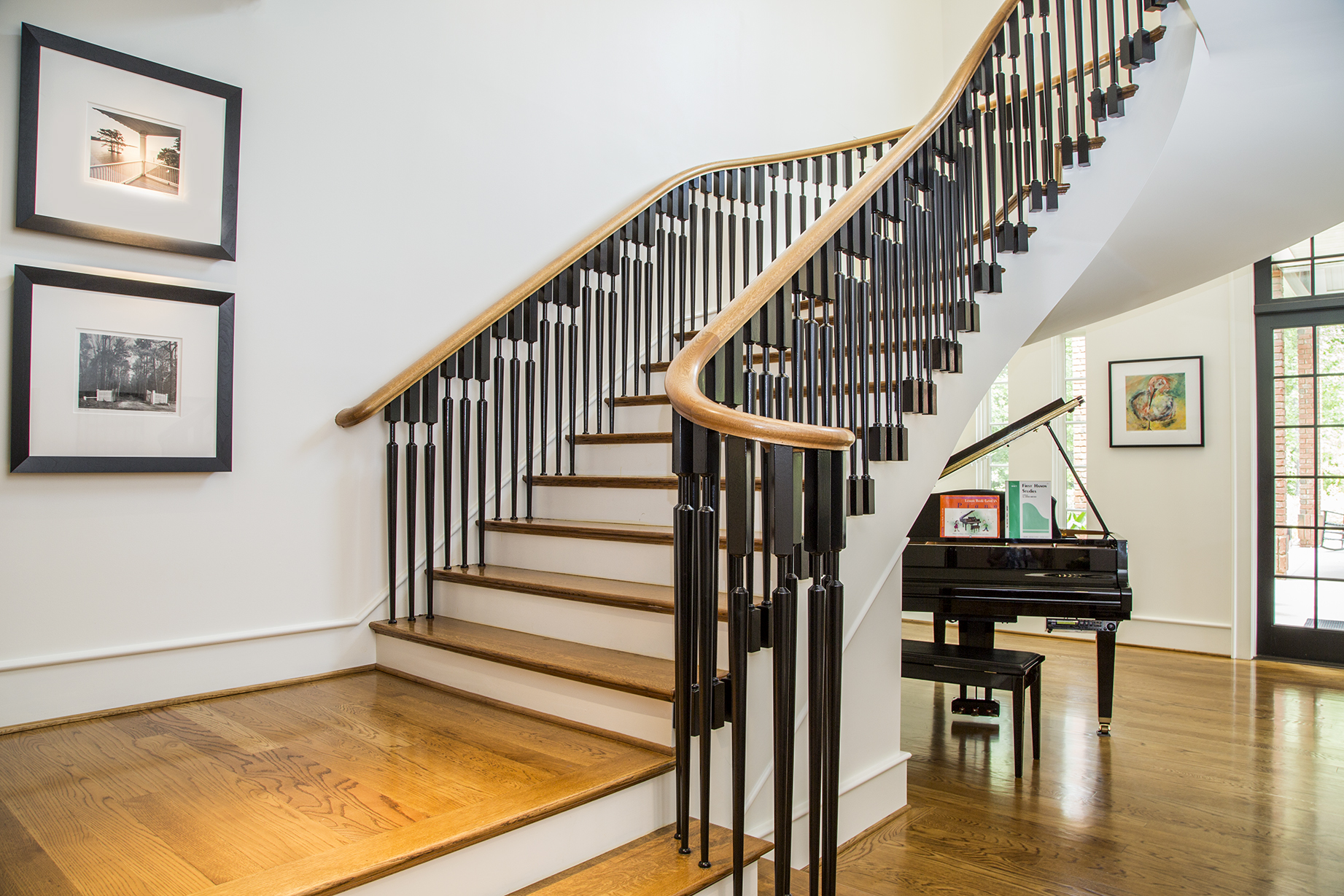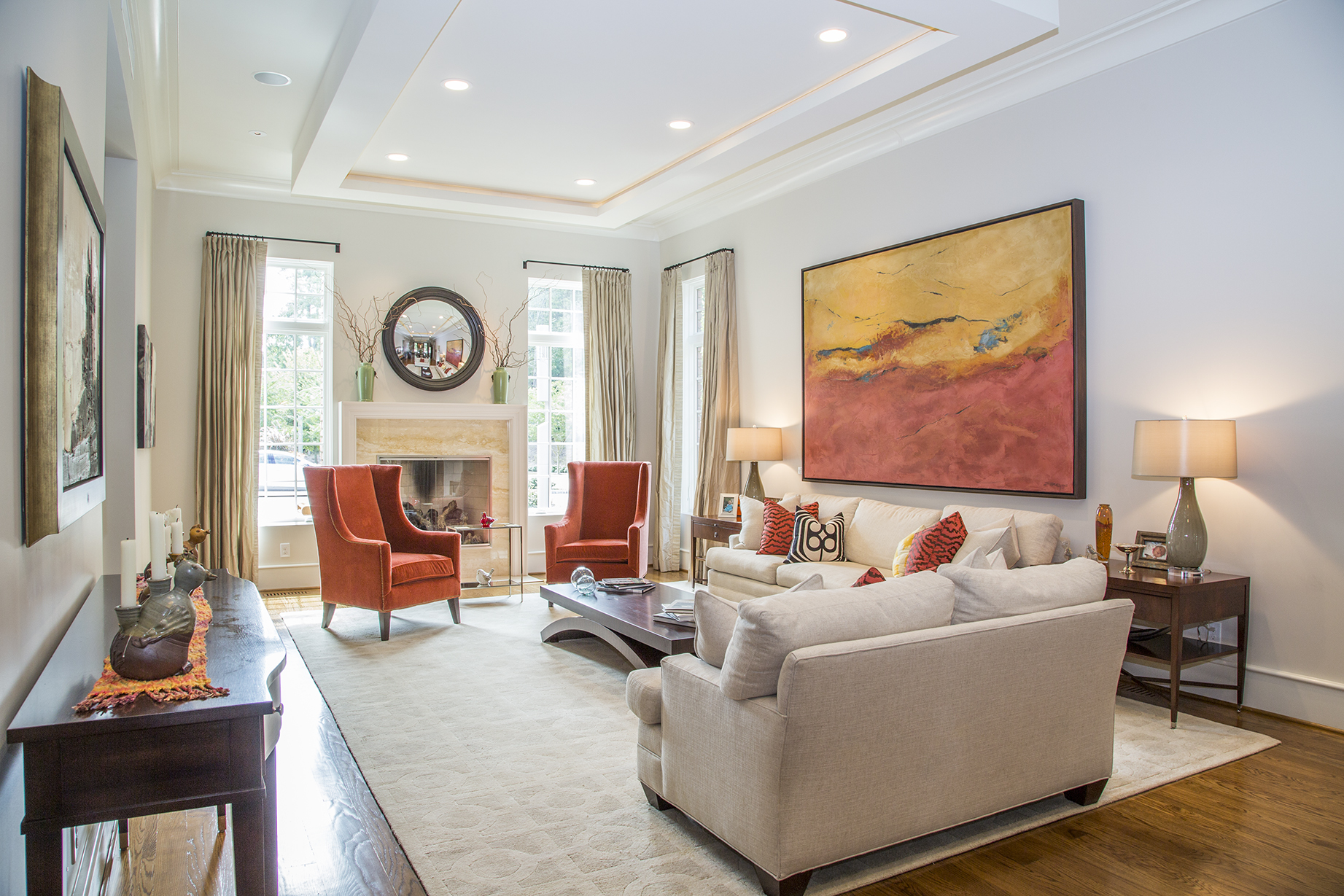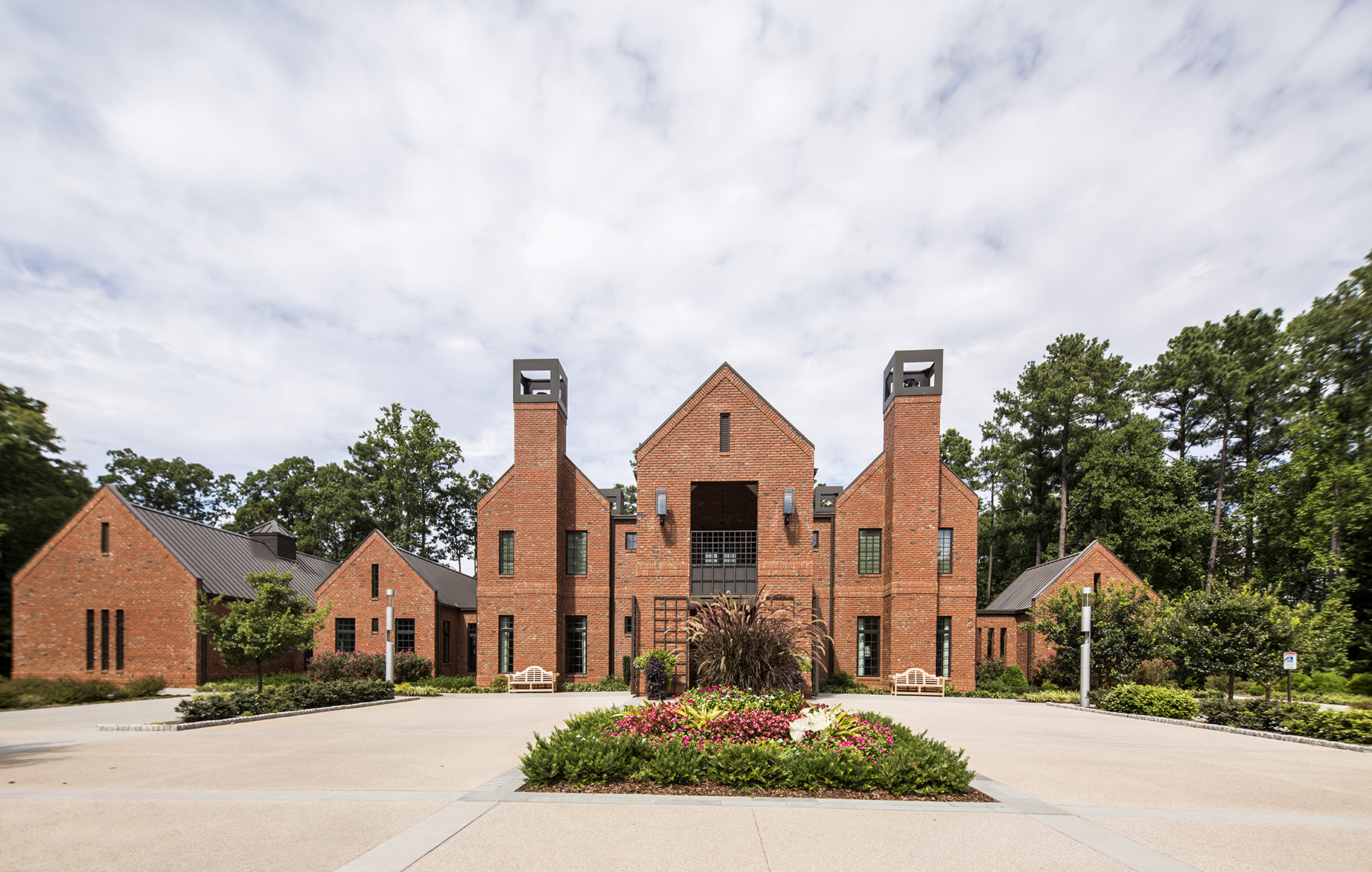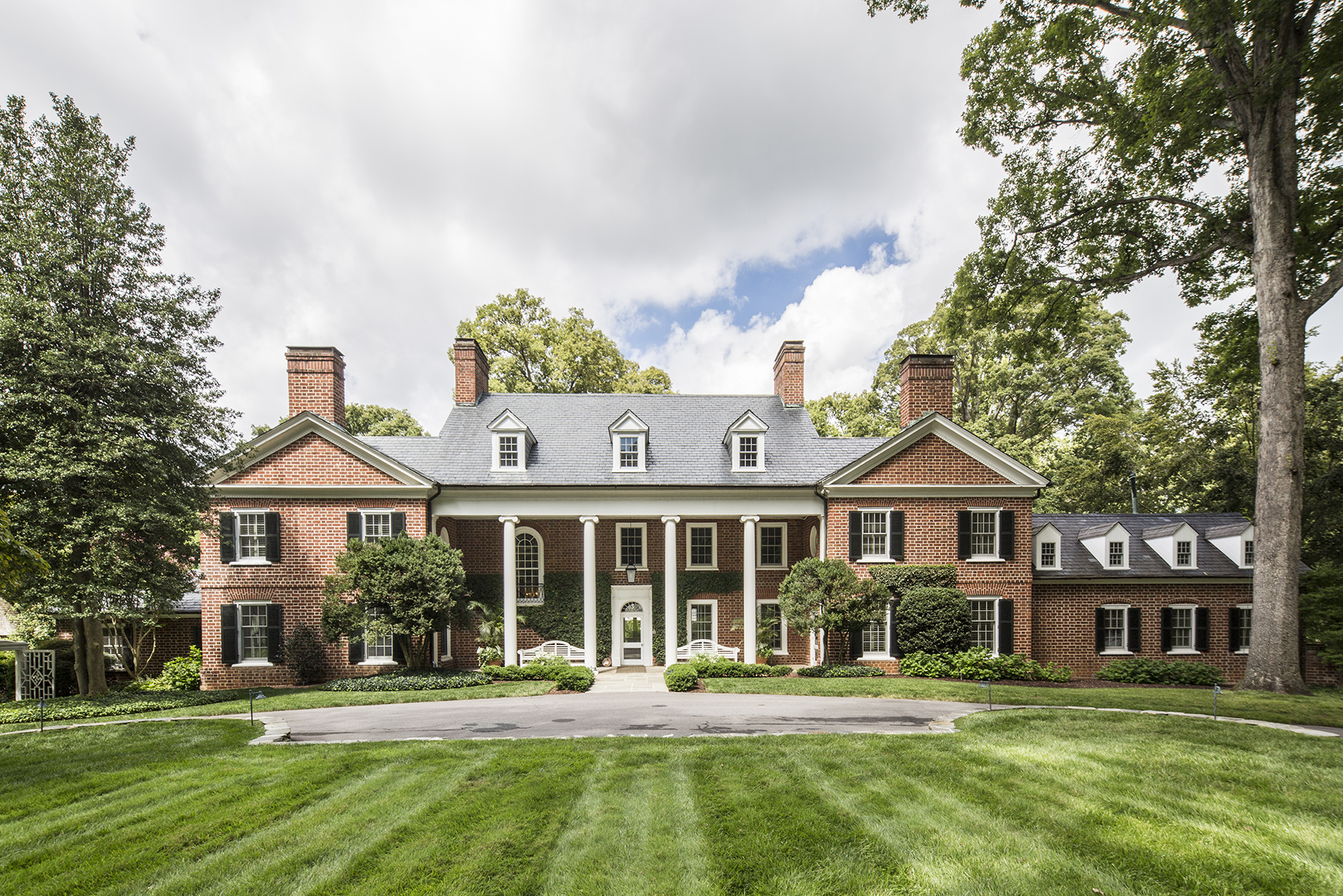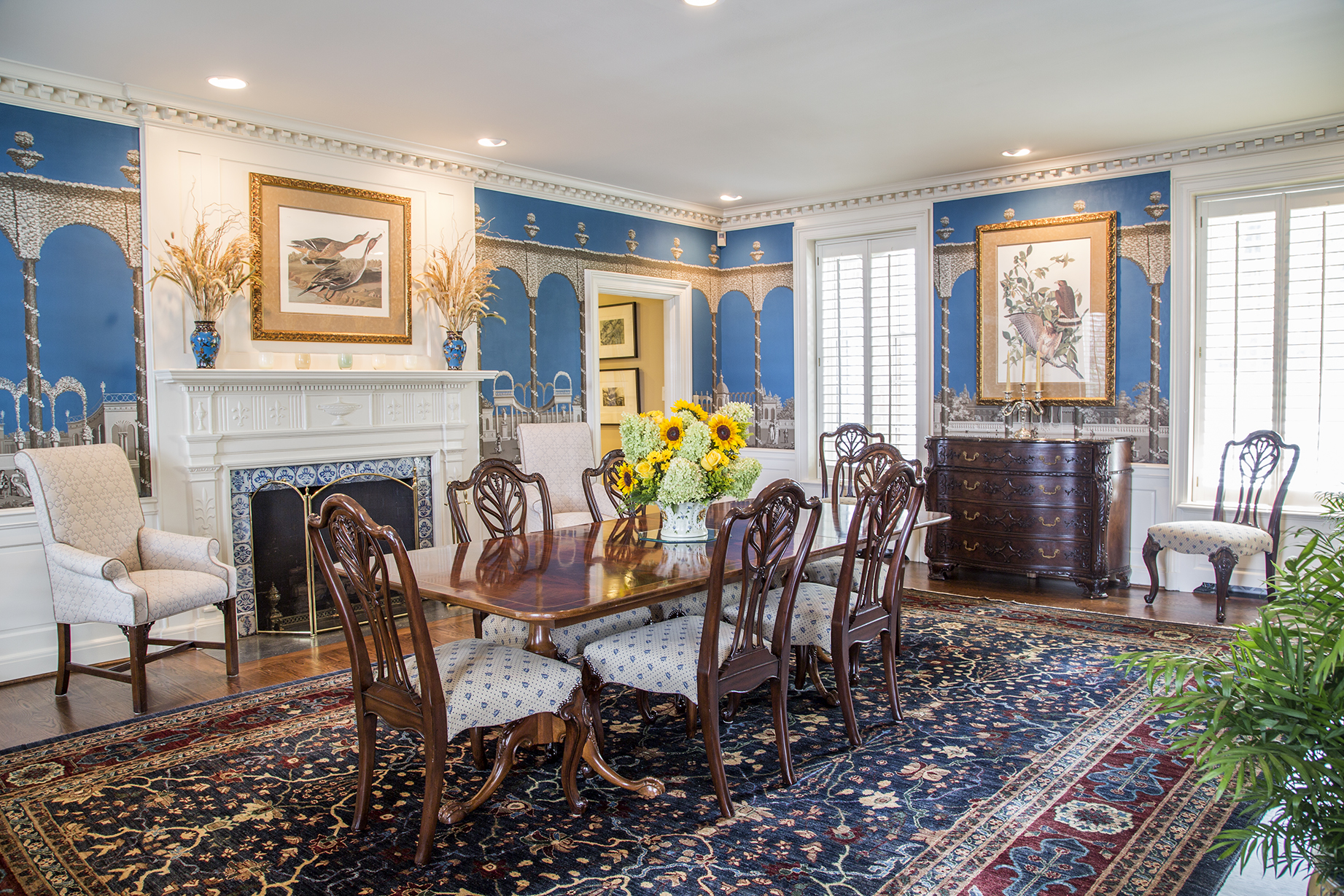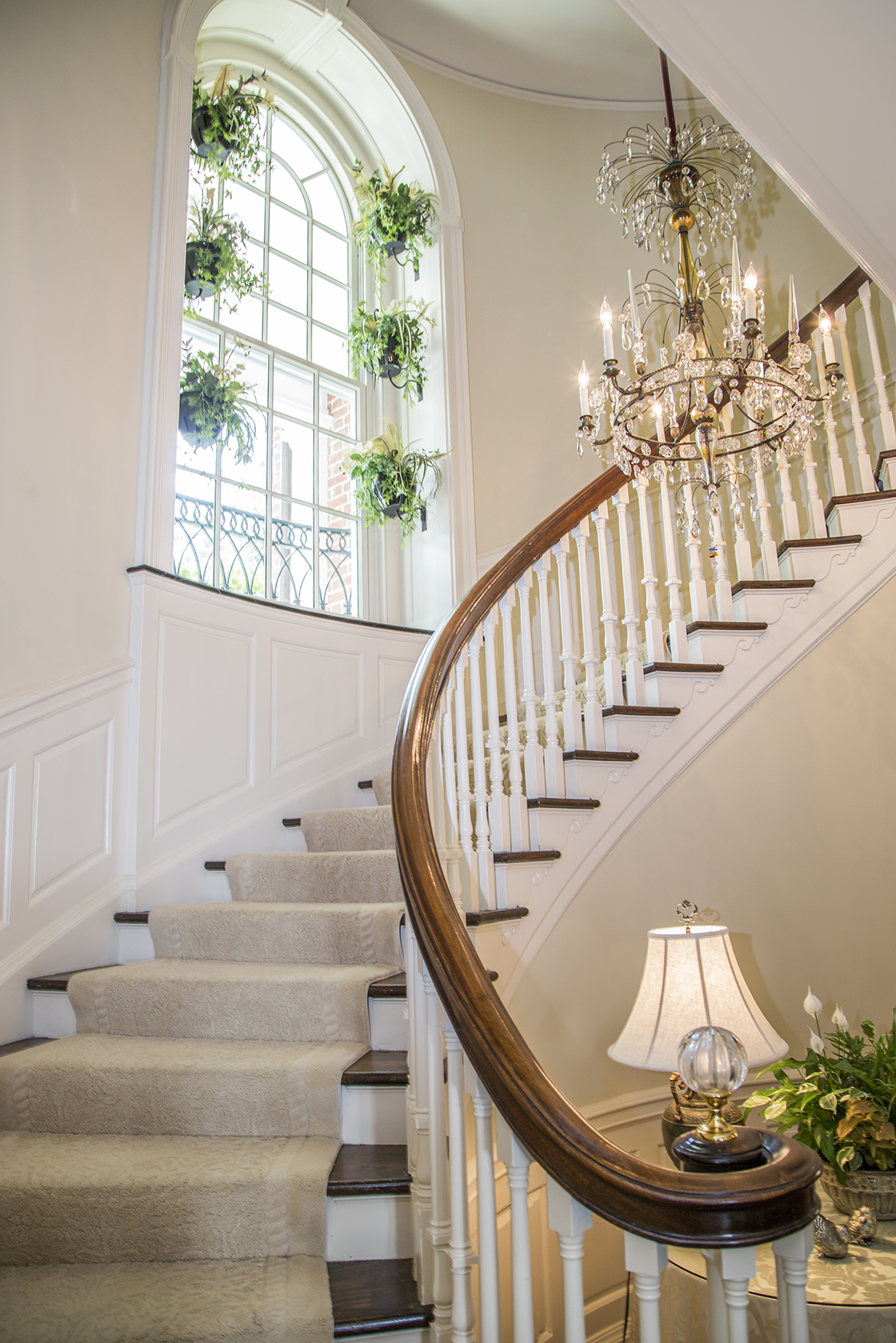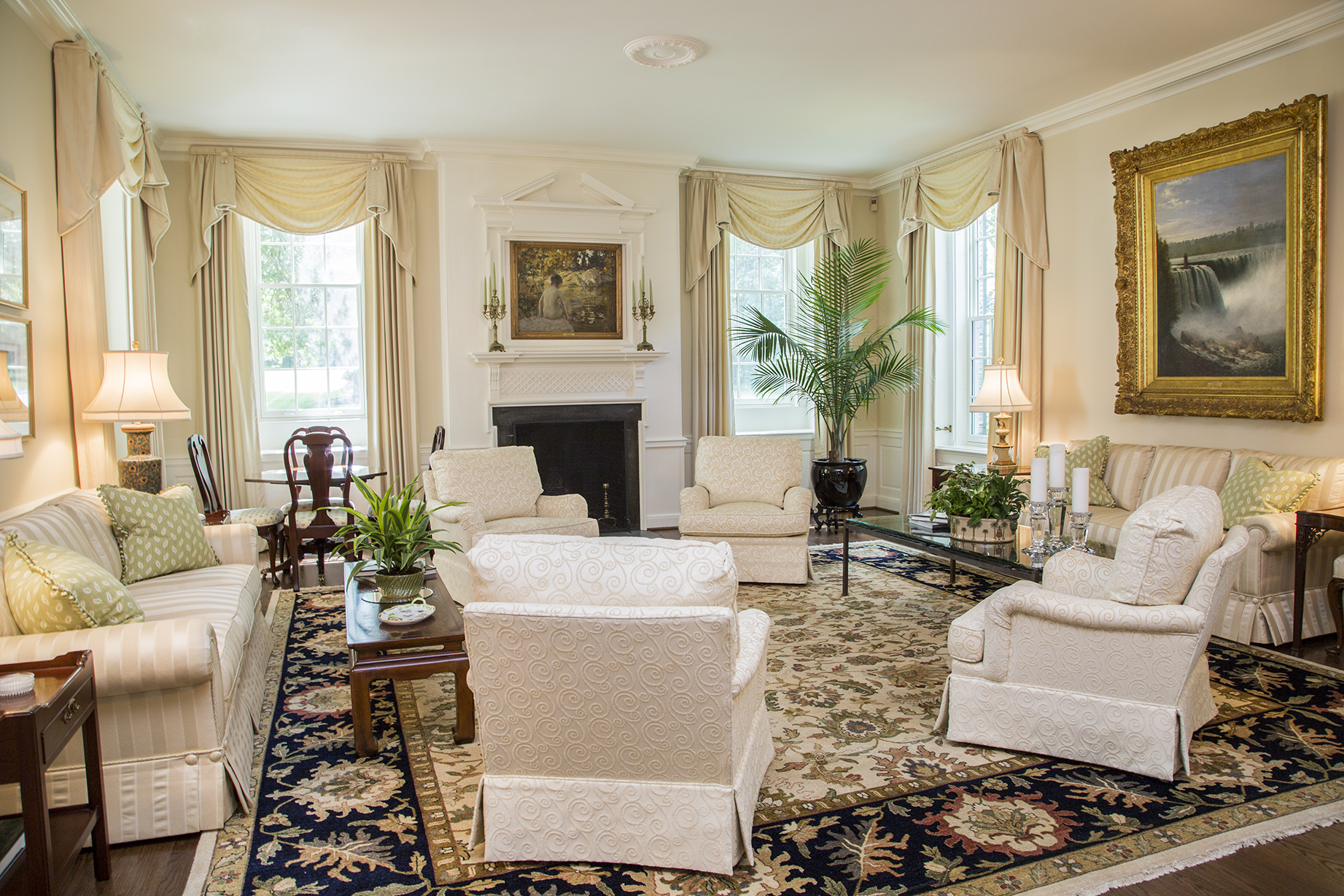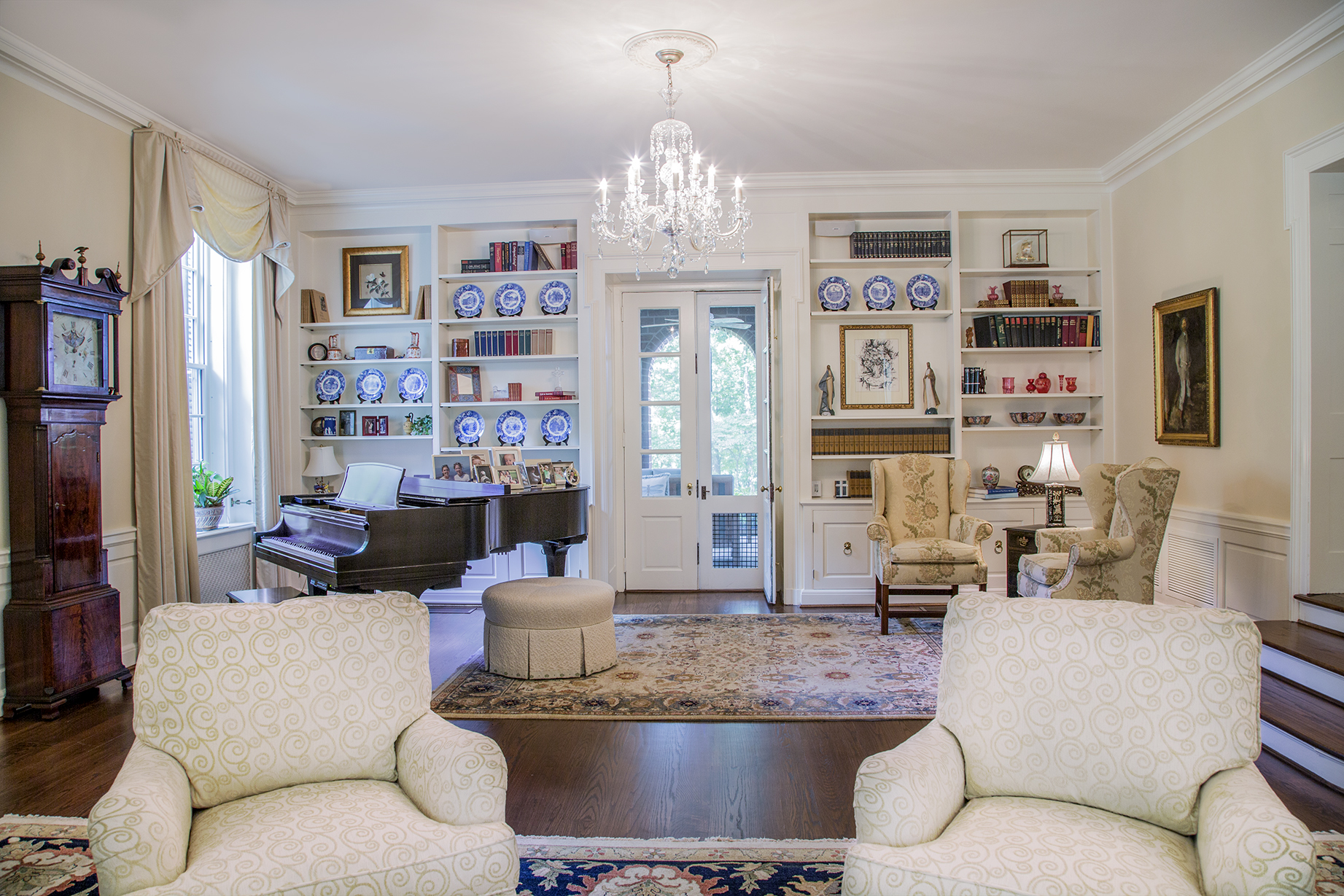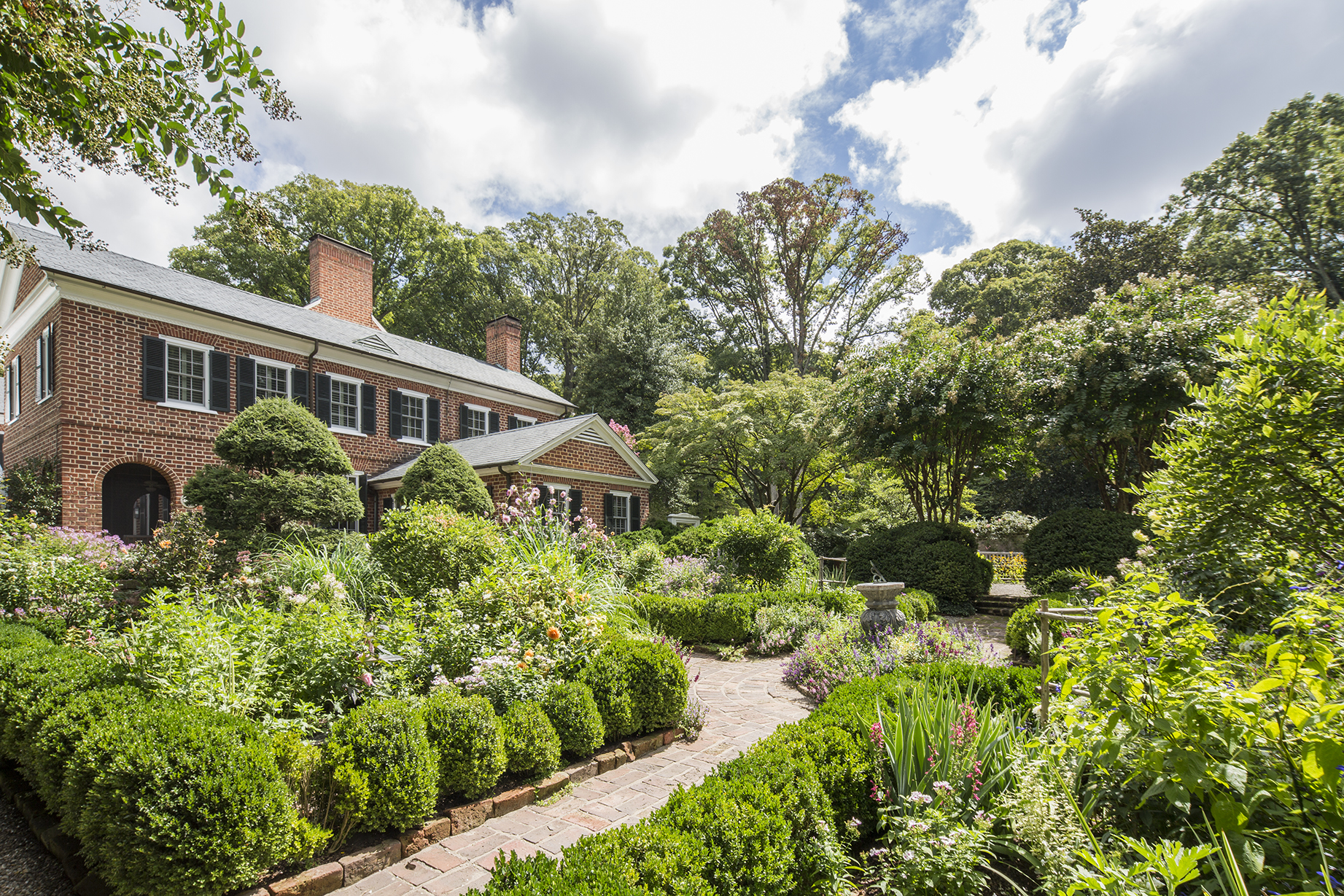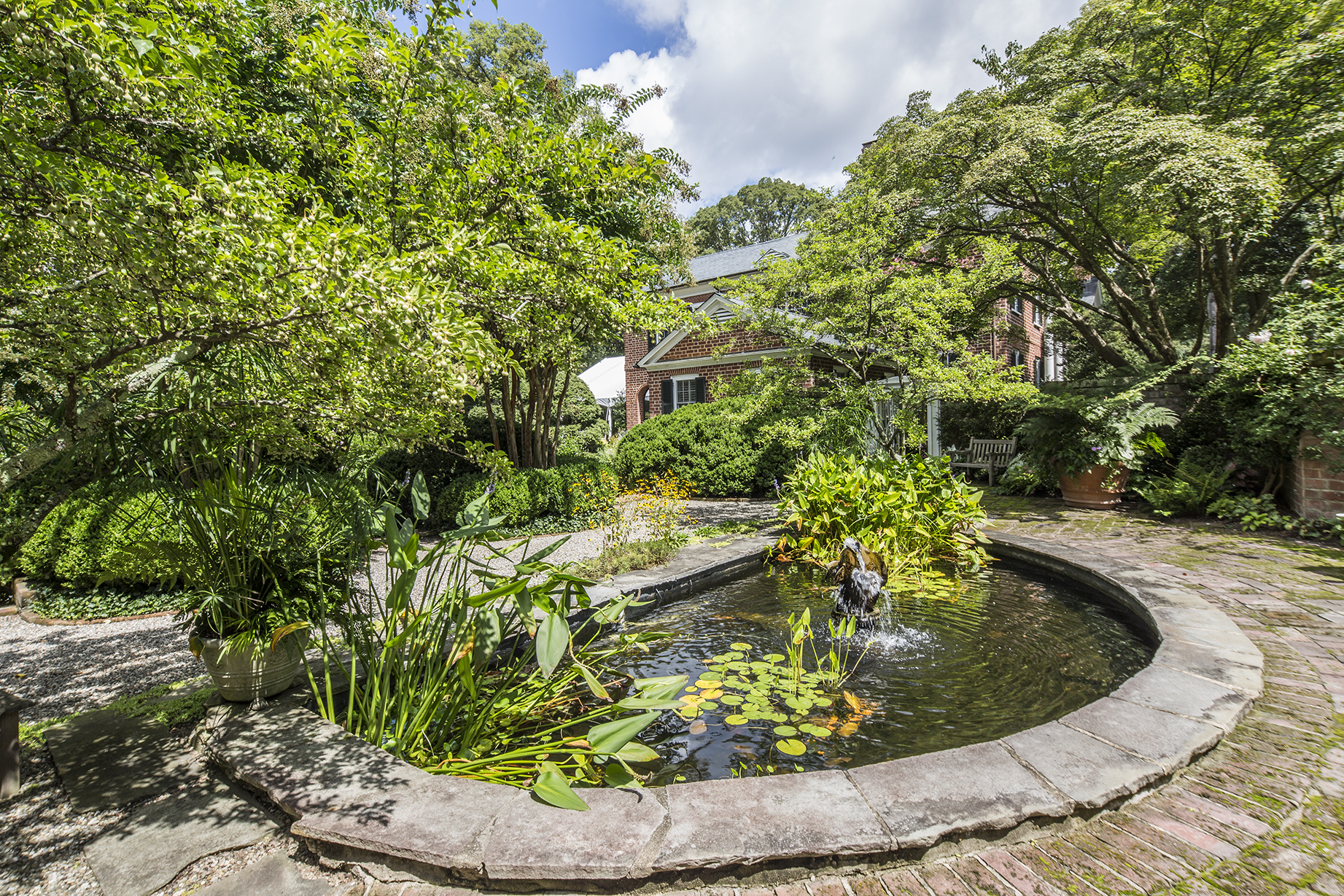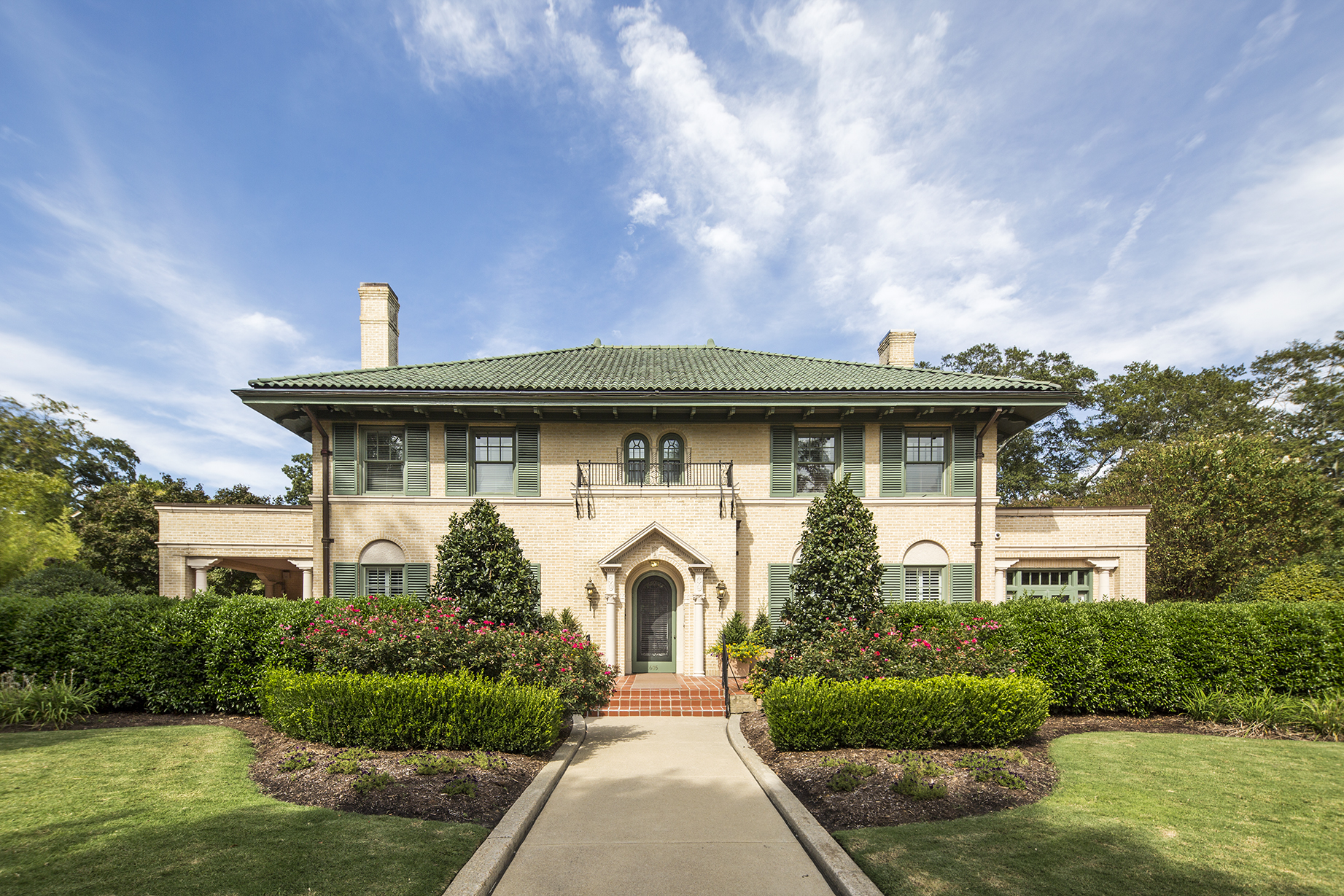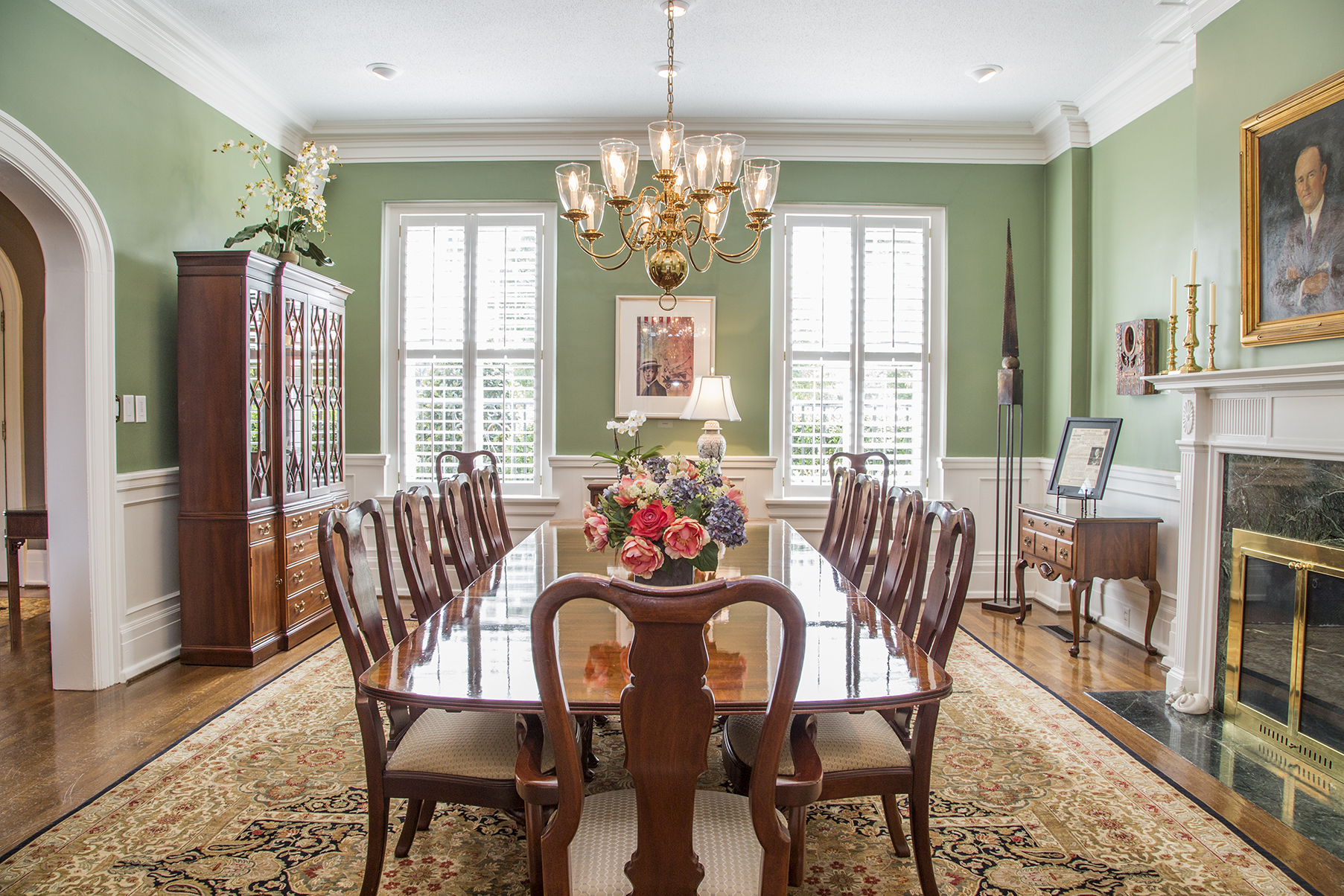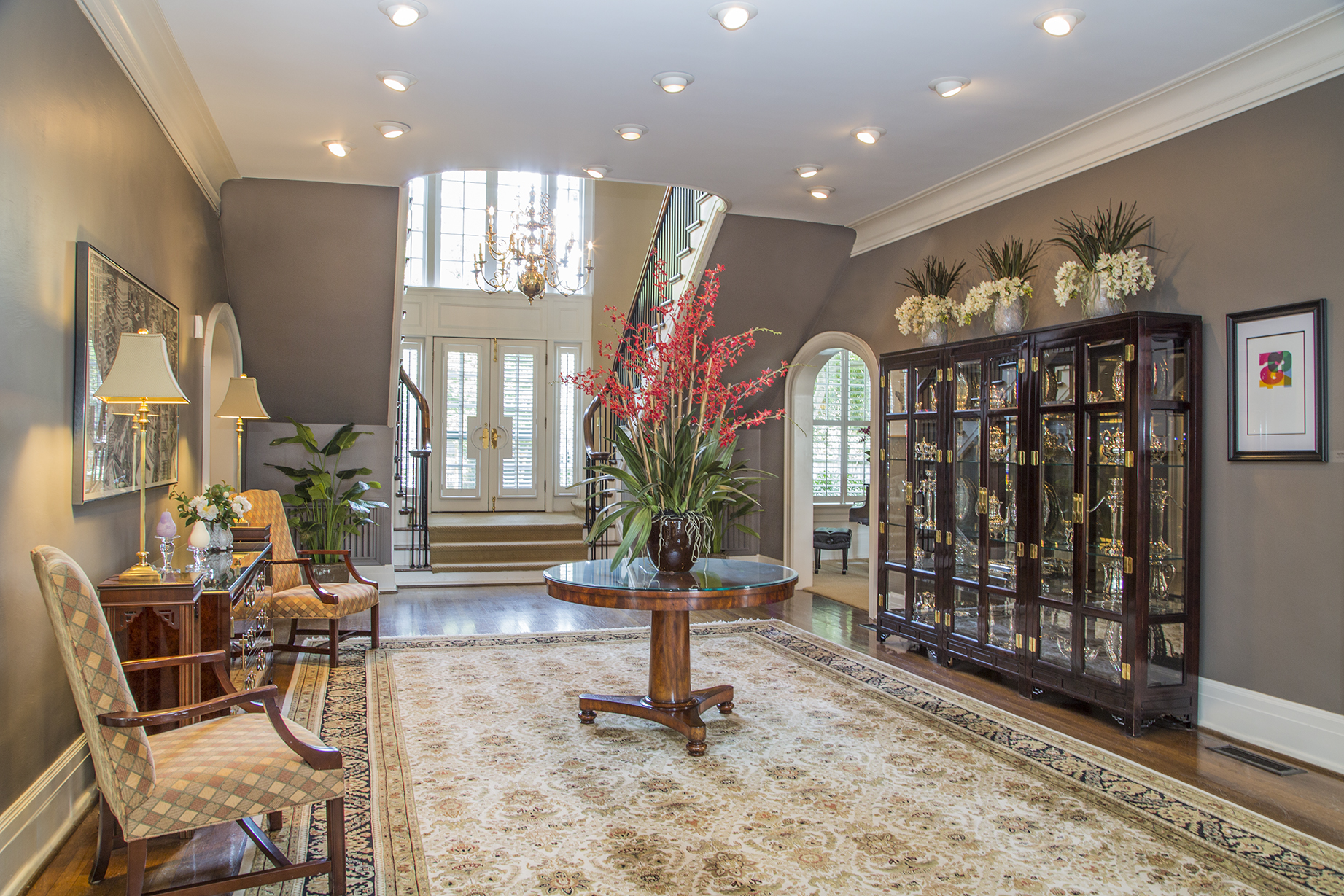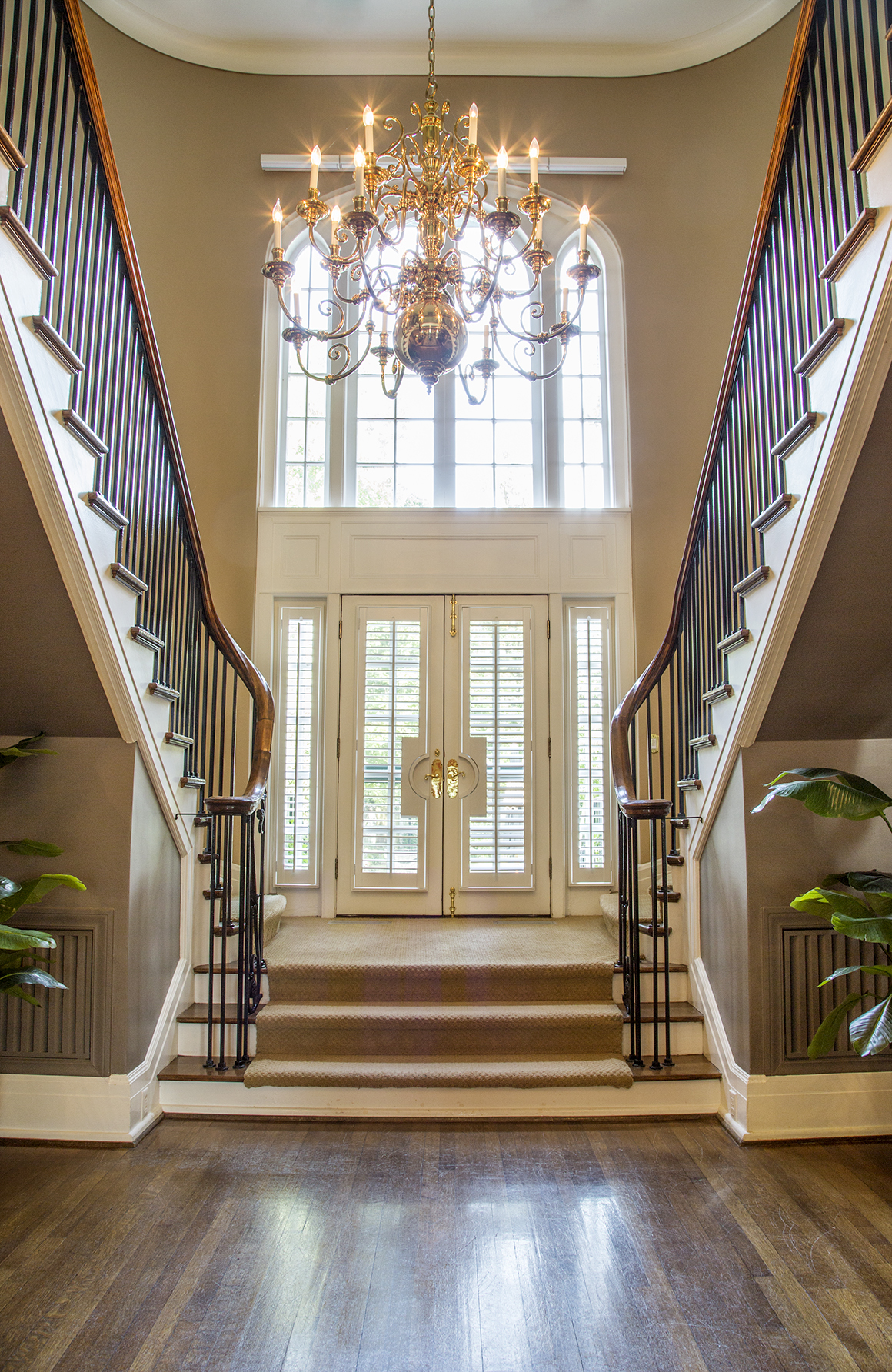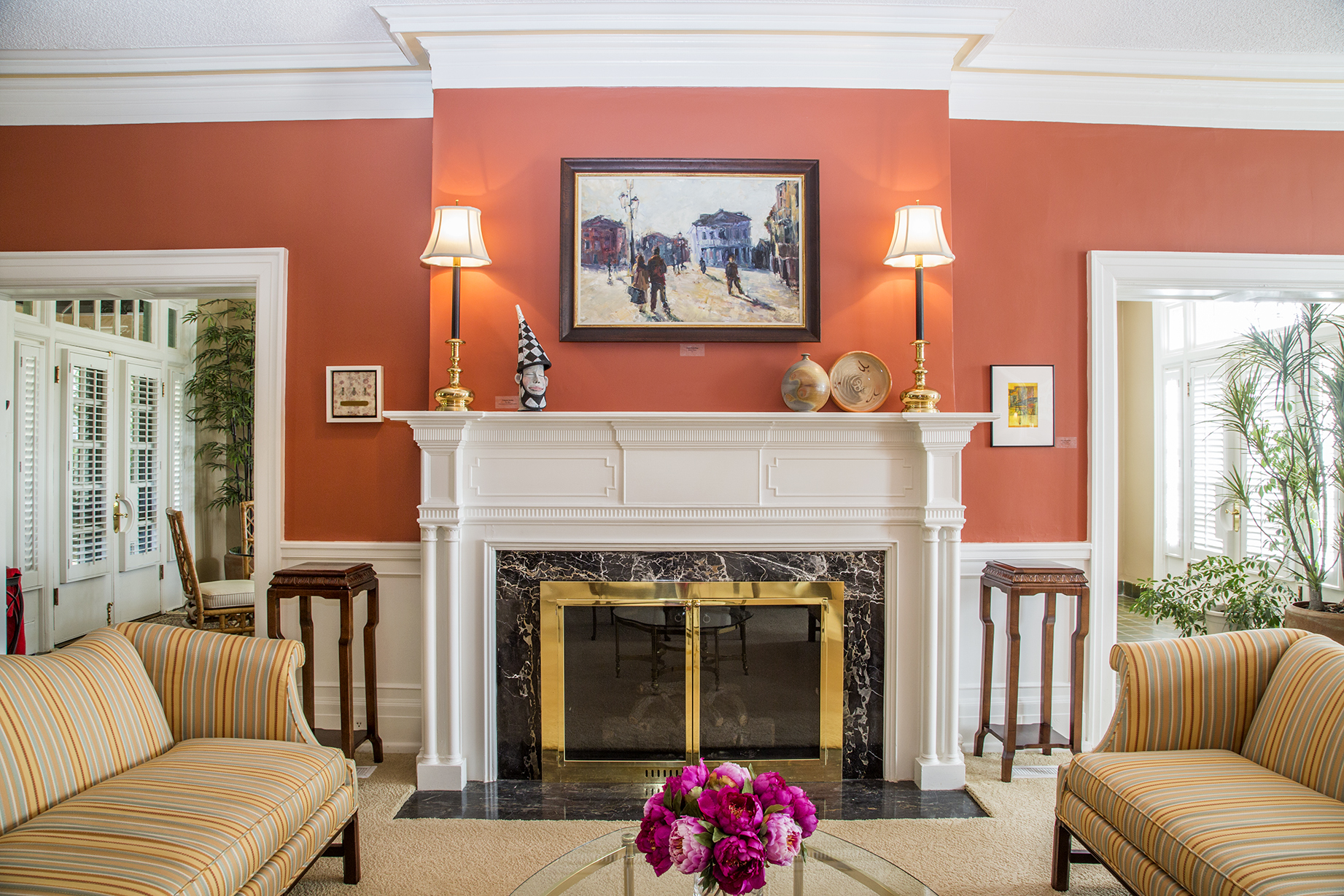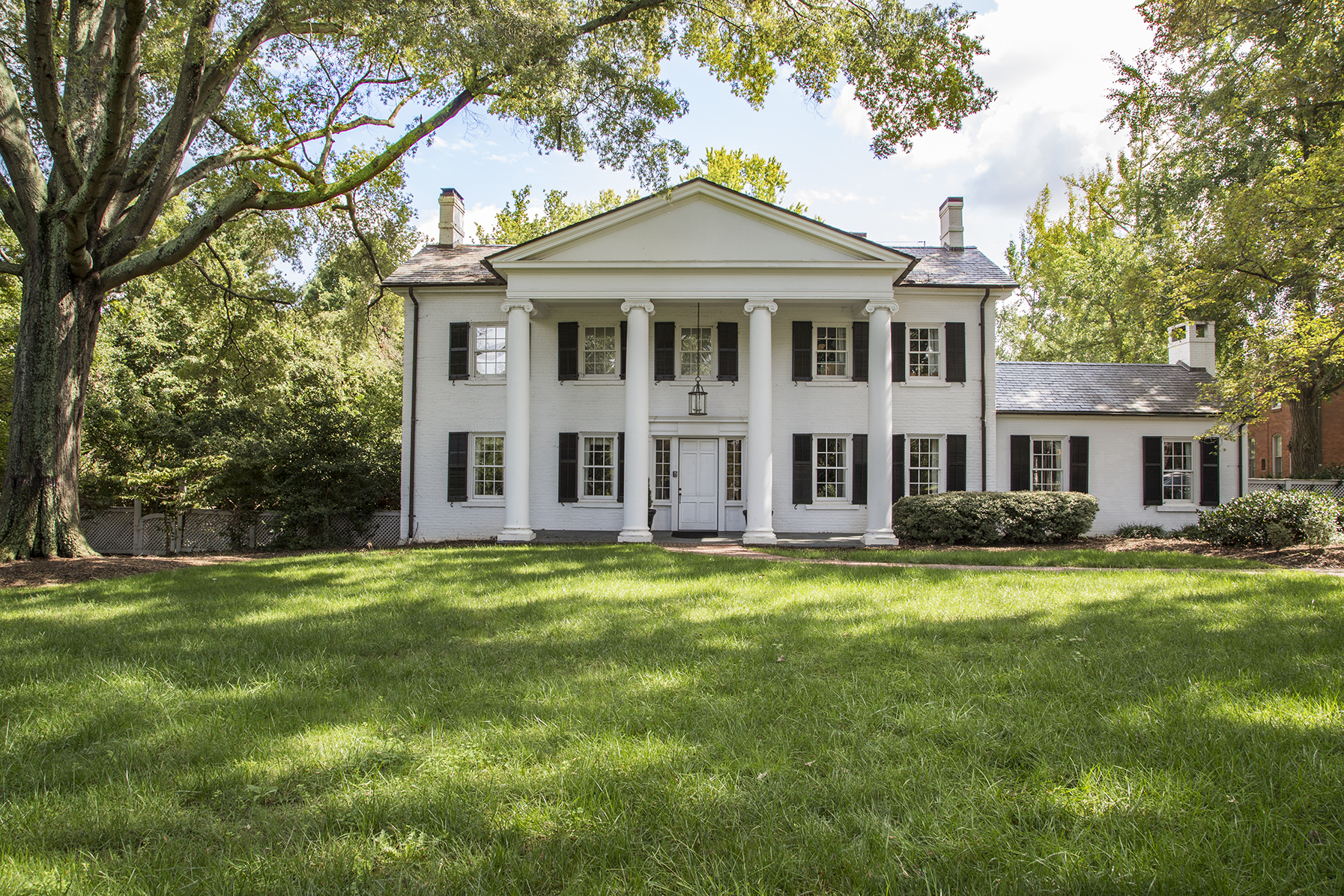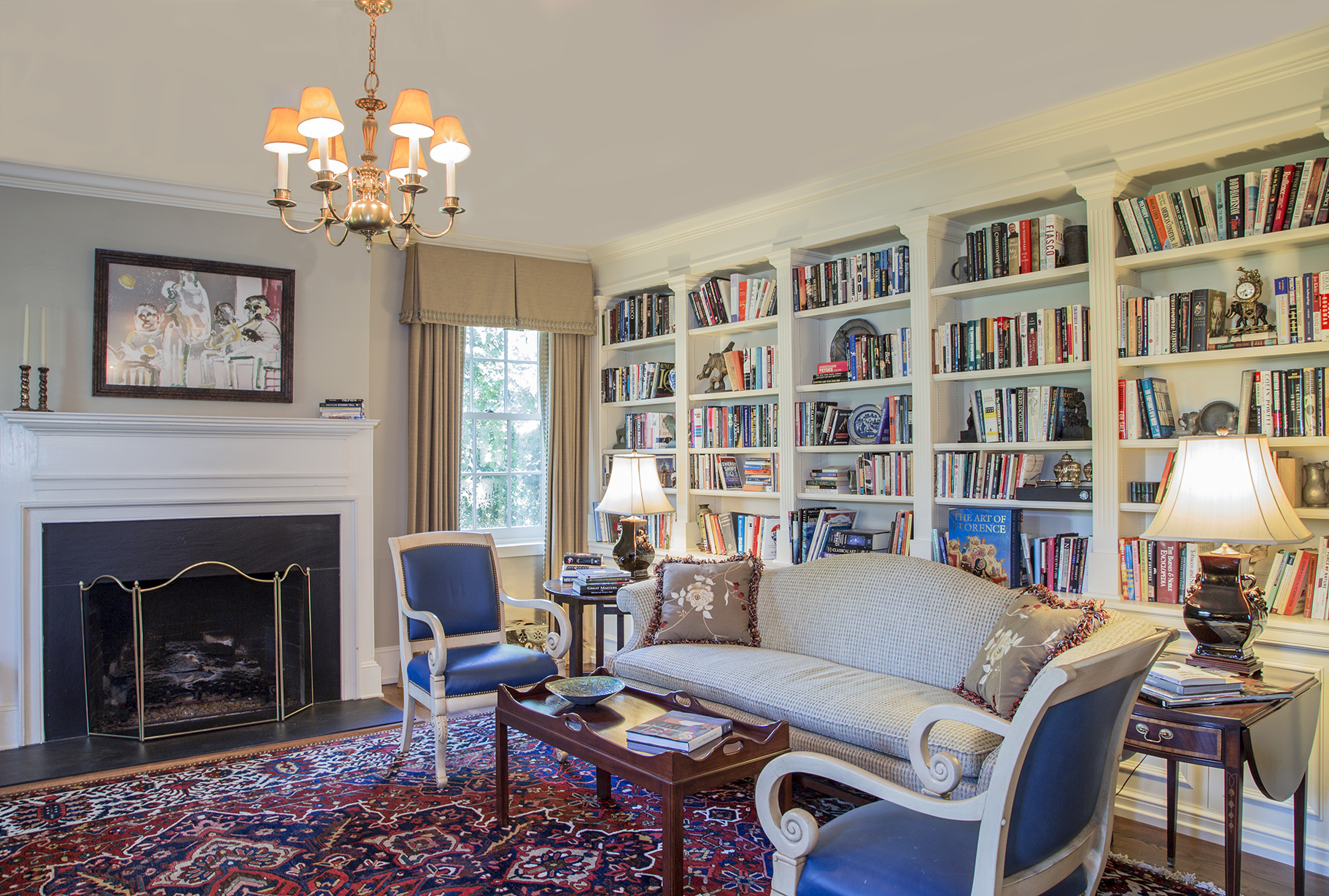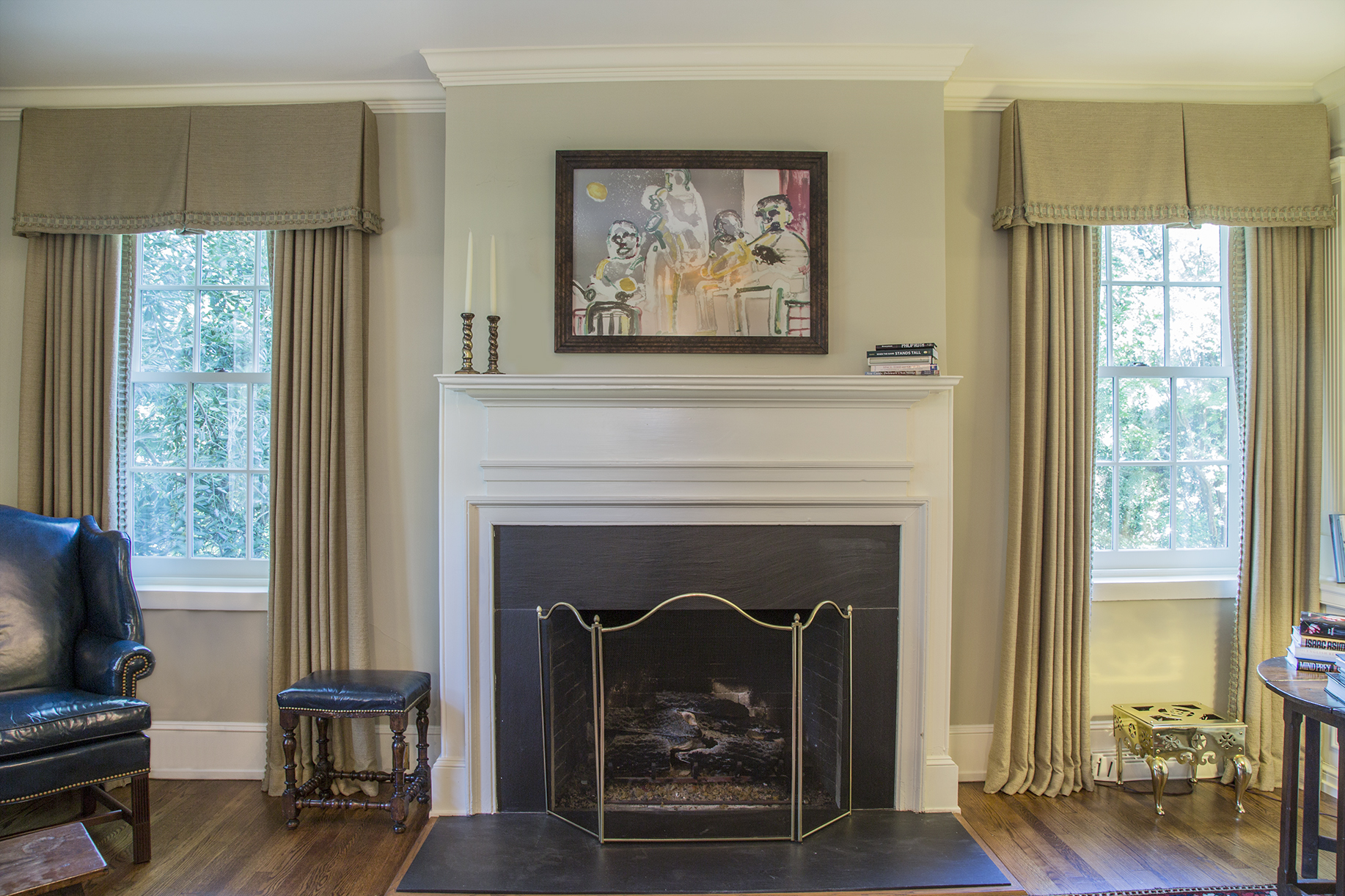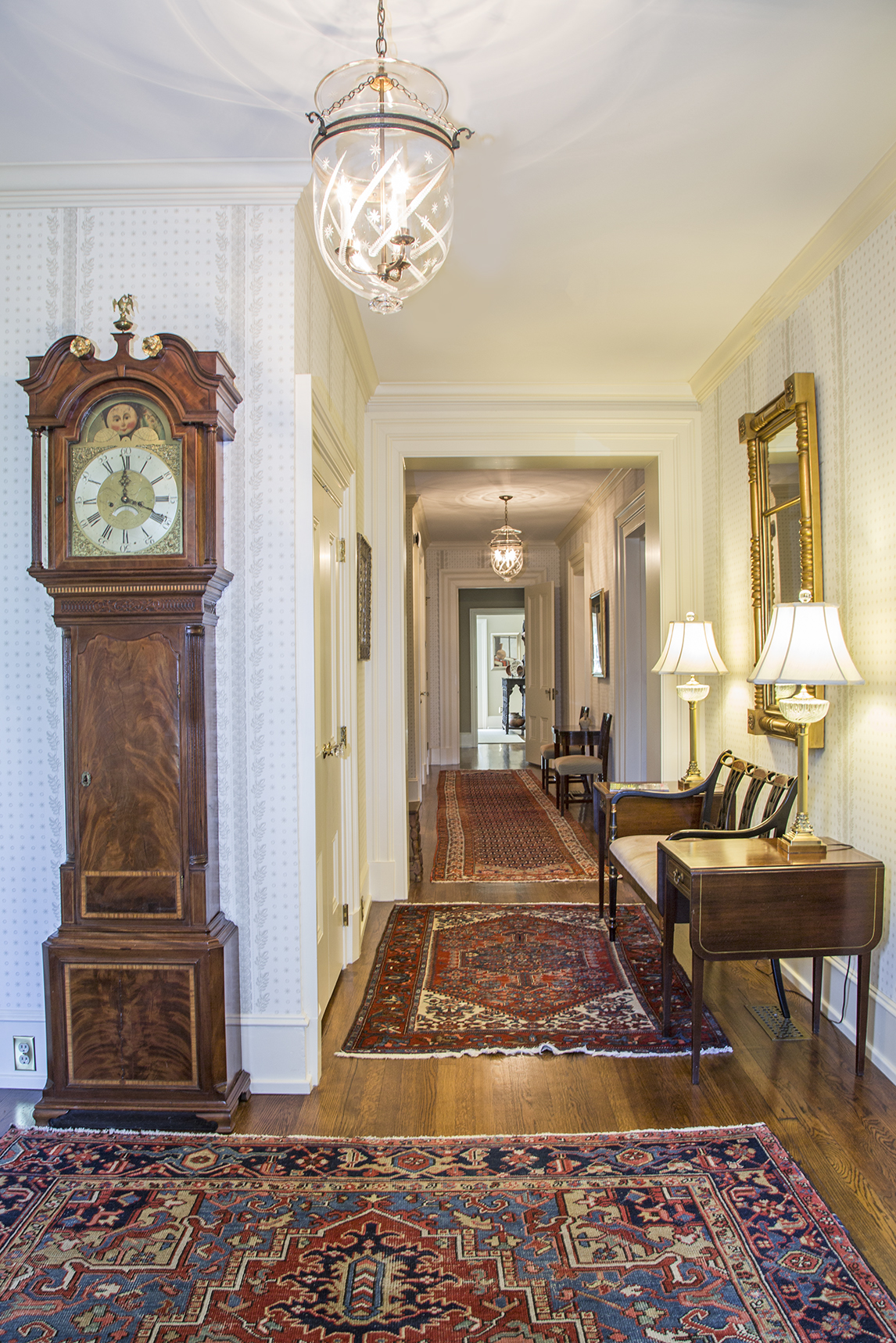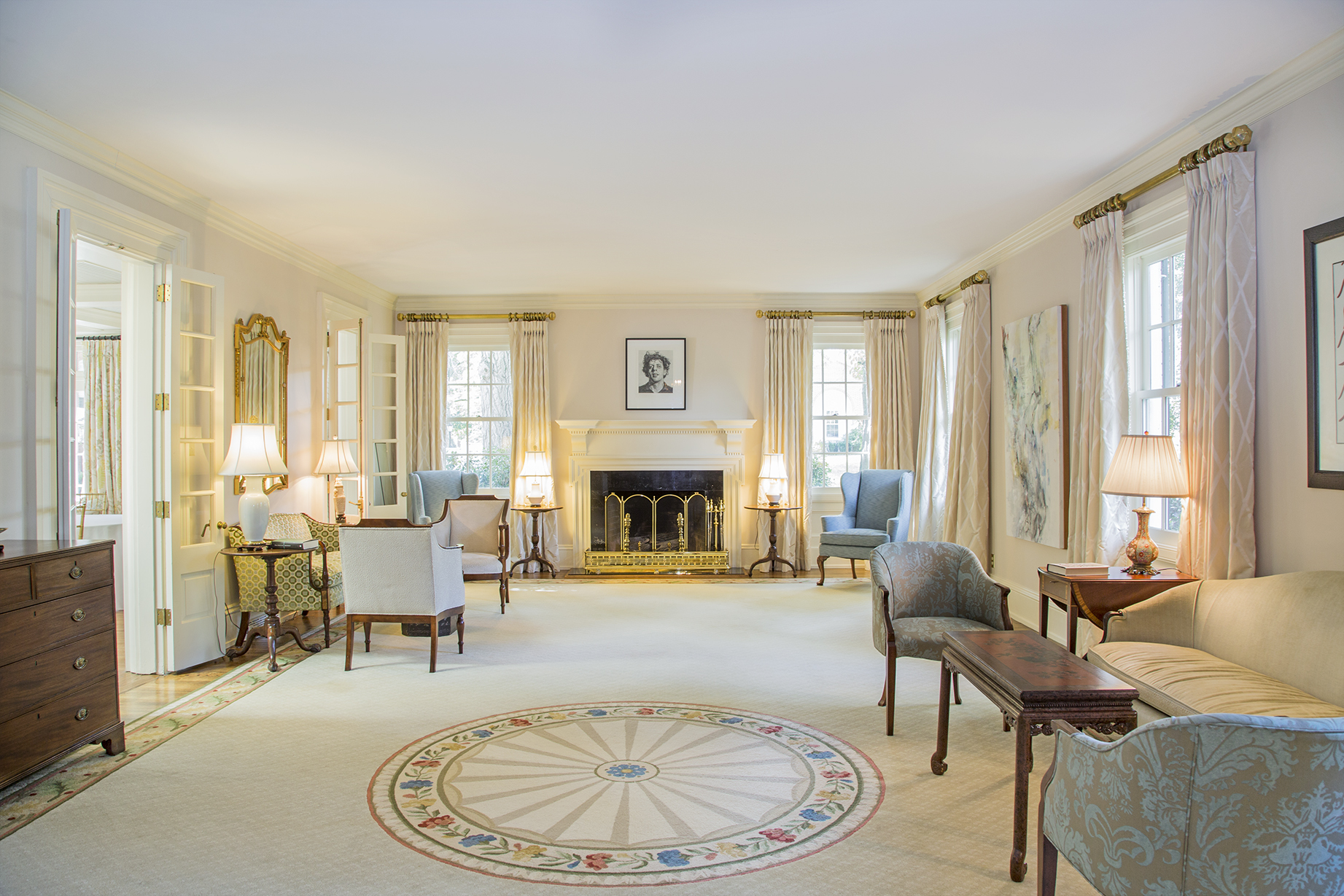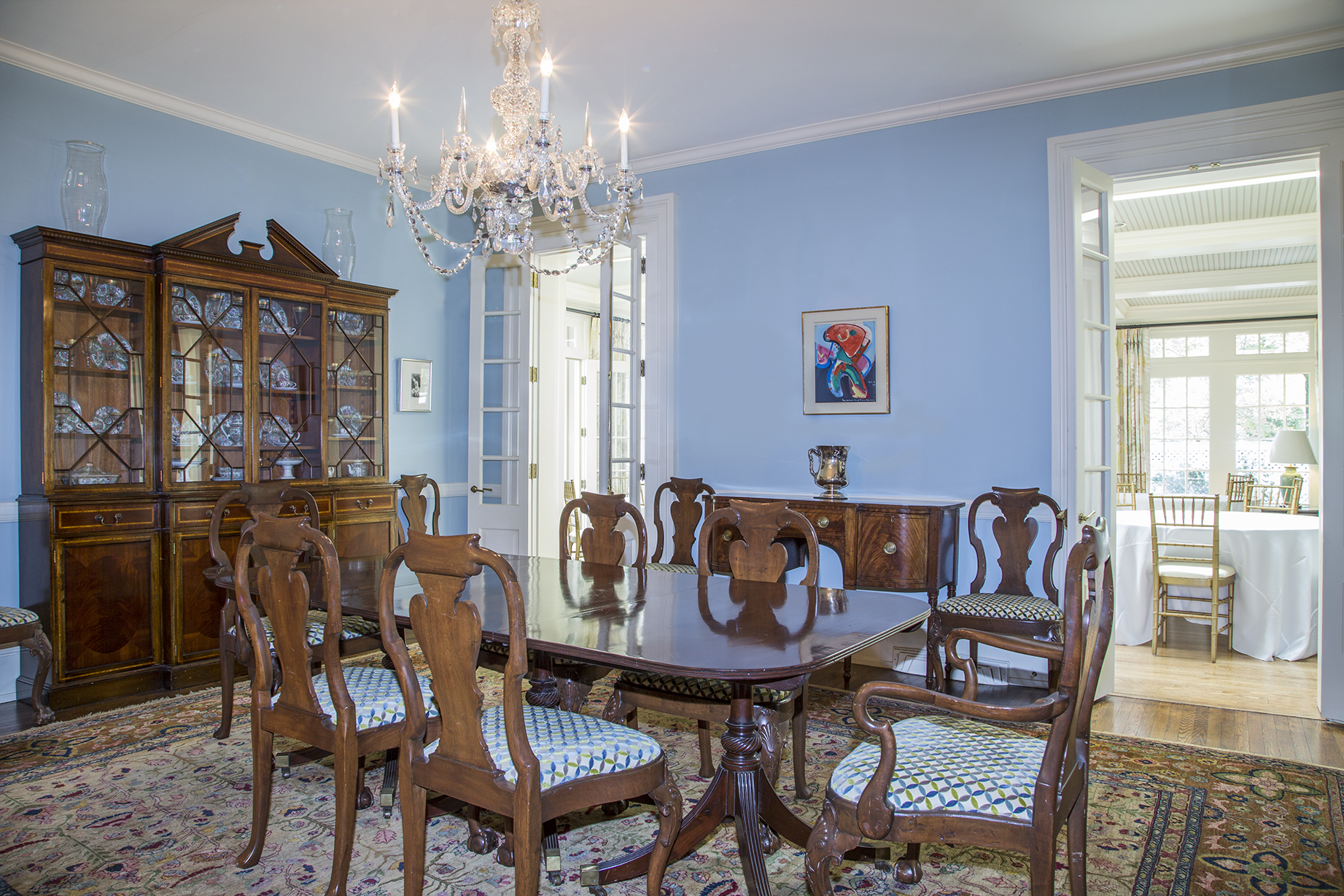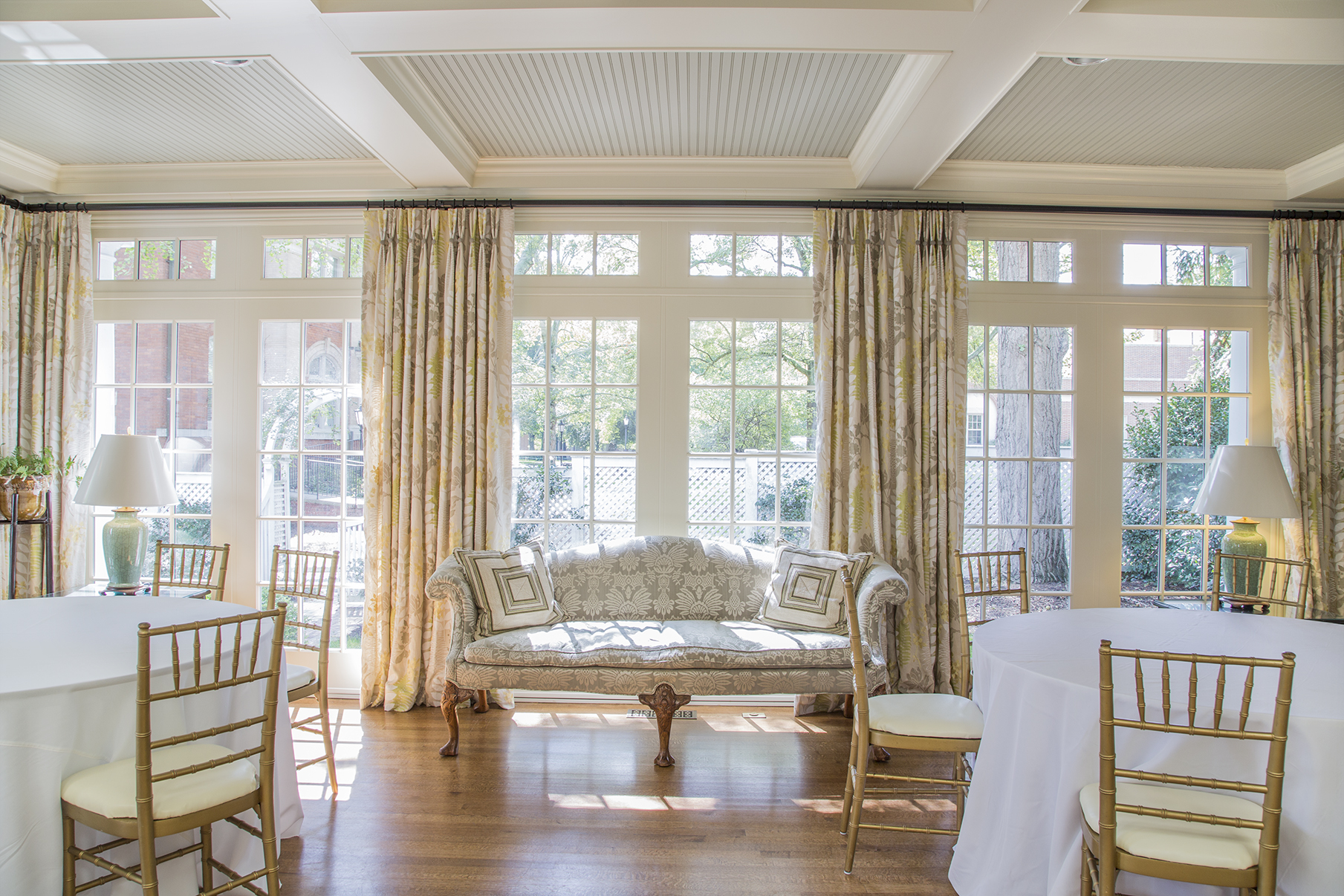University Homes
/Photoessay by Annie Cockrill
North Carolina’s higher education system is storied. We are home to the country’s first public university and to some of the finest private liberal arts colleges in the nation. From midsize colleges to large internationally renowned research universities, these campuses touch the lives of students, businesses and communities across the state. They are producing the next generation of leaders, thinkers, and doers and are an integral part of our own individual stories. North Carolina’s higher education legacy, which stretches over two centuries, is a defining part of our state and her people.
Nestled alongside oak covered quads, brick walkways, and colonnaded lecture halls, are the houses where leaders of these institutions, our state's University Presidents and Chancellors, live, work and call home. These homes are symbols of each school’s distinct character. They are colorful representations of history, tradition, and architectural design. For hundreds of years, university stakeholders -- students, faculty, administrators, donors and community members -- have come together through celebrations, meetings and receptions within these architectural jewels.
You’ve likely walked and driven past them dozens of times, but you may have never entered.
This week we invite you inside.
UNC System President's House
The President of the UNC System, leader of 17 campuses across the state, resides in Chapel Hill on the campus of University of North Carolina. The original President’s home was built in 1812 and burned down on Christmas morning in 1886. The current President’s house, designed by Frank Milburn, was built in 1907. Milburn designed numerous buildings across North Carolina including 12 other UNC-Chapel Hill campus buildings including the Campus Y, Alumni Hall and Peabody Hall.
The President’s House dining room walls are adorned with murals of iconic landmarks from UNC System schools. In August of 2014 while preparing to re-surface the home’s driveway, construction crews uncovered the remnants of what are thought to be the original nineteenth-century home’s foundation. Further excavation revealed broken pieces of china, pottery, and glass.
The Point at NC State University
Founded in 1887 and located in Raleigh, NC State is now the largest university in North Carolina. Located on Centennial Campus, The Point is the Chancellor's new home. Completed in 2011, The Point replaced the former Chancellor’s home on Oberlin Road. Designed by Marvin Malecha, Dean of NC State’s College of Design, the state of the art home was built using sustainable materials, locally sourced wood, and includes solar panels and geothermal heating and cooling.
Wake Forest University President's House
Located in Winston-Salem, Wake Forest University is one of the top private universities in the Southeast. The President’s home was originally built in 1929 for textile barons Ralph and Dewitt Hanes before it was donated to the University for use as the president’s residence in 1988. This house was designed by a famous New England architect, Julian Peabody, as a traditional Georgian Colonial style home. George Black, a local but nationally-known African-American brickmaker, handmade the bricks used on the house. These bricks were two and a half times the normal brick size. Ellen Biddle Shipman, one of America’s first female landscape artists, designed a garden for the home. Shipman designed twenty-one gardens in North Carolina, including Sarah P. Duke Gardens at Duke University. While the interior of the Hanes house was renovated when it became the President’s House, the exterior has remained essentially unchanged since 1929.
East Carolina University Chancellor's Home
East Carolina University, the third largest research university in the UNC System, is located in Greenville. The Chancellor’s home — an Italianate two-story home flanked by one-story wings on the east, west, and north — was designed by architect and Raleigh native, Murray Nelson. Fully completed in 1930, the first owner of the house, Haywood Dial, Jr., ran the city’s only brick-making company. He was a staunch advocate for bringing the college to Greenville and his company supplied all the bricks for its new campus. After financial difficulty, the Dial’s were forced to sell the property in 1933. The Young’s purchased the home in 1937 and called the residence home until the home was purchased by East Carolina Teachers College in 1947 for $30,000.
Davidson College President's House
Established in 1837 by the Concord Presbyterians of North Carolina, Davidson College is one of the nation’s top liberal arts colleges. The present day President’s House is an original construction built in 1836-37 for the school’s first President. In 1860, the simple original two-story home underwent expansion and has seen various superficial renovations through the years. Through each phase of renovation, designers have sought to preserve the home’s architectural and historical integrity.




